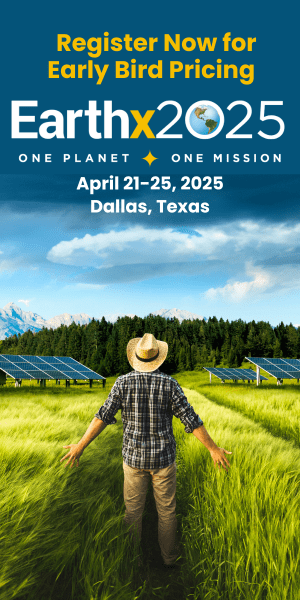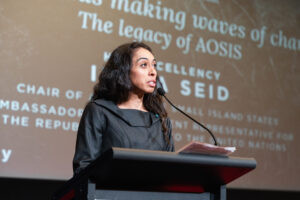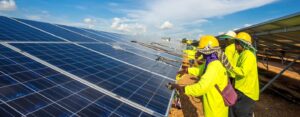Key Impact Points:
- COP29 will focus heavily on climate finance, crucial for achieving global warming targets and aiding vulnerable nations.
- Discussions will center on setting new financial goals and mobilizing both public and private funding for renewable energy and climate resilience.
- Strengthened national climate plans (NDCs) and interlinking climate action with biodiversity and pollution efforts are essential for comprehensive progress.
The Role of Finance at COP29
Azerbaijan is set to host COP29, the latest UN climate negotiations. This pivotal summit will spotlight climate finance as a cornerstone for achieving global warming targets of 1.5 degrees Celsius and protecting communities from ongoing climate impacts.
Why it matters: To reach these goals, significant funding is essential—particularly for transitioning to renewables, enhancing resilience in vulnerable areas, and conserving ecosystems like forests and seascapes. The key challenge remains how developing countries can secure the financial support needed to face these climate threats.
Staggering Financial Needs
Climate finance projections vary but share a common theme: immense monetary requirements. The Climate Policy Initiative estimates global climate finance at $2.54 trillion annually, while the 2023 UNEP Adaptation Gap Report pegs adaptation costs in developing nations at $215 to $387 billion annually. The International Energy Agency suggests emerging markets and developing economies (excluding China) will need about $1 trillion per year by 2030.
“Donor governments need to invest more in the clean energy transition of developing country economies. But those resources are too small to meet the needs of the transition…,” underscoring the crucial role of private capital.
Setting New Financial Goals
COP29 will also address setting new climate finance targets to ensure adequate support for developing nations. Expect discussions on carbon markets and strategies for mobilizing private capital to maximize emissions reductions, emphasize equity, and uphold climate integrity.
Strengthened National Commitments
Nationally Determined Contributions (NDCs) will be another focus. Countries are required to submit new, more ambitious NDCs for 2035 by early 2025. The recent UN Emissions Gap Report highlighted that without enhanced pledges, the 1.5-degree target is unattainable. However, it also pointed out that bridging the emissions gap is possible with current technology if scaled up significantly.
“We do in fact have the technologies and capability to bridge the emissions gap by 2030 and 2035 using existing solutions.”
Key actions include deploying solar and wind technology, nature-based solutions, and enhancing efficiency across sectors.
Linking Climate, Biodiversity, and Pollution
COP29 sits at a crossroads between global negotiations on biodiversity and plastic pollution. Addressing climate change effectively requires integrating solutions for all three issues.
“Without the support of nature, the climate crisis becomes much worse much faster.” The IPCC’s Sixth Assessment Report emphasized protecting 30% to 50% of Earth’s ecosystems as a critical measure. Recognizing the synergy between climate and nature at COP29 could mark a significant shift toward more holistic environmental policies.
A Unified Approach
Highlighting these interconnected challenges—climate change, nature loss, and plastic pollution—could drive home the urgency for action across the board. Recent reports like the Living Planet Report and draft Global Plastics Treaty stress that time is running out for decisive measures.
Perhaps by connecting the dots, we can move faster and farther on all these issues threatening our planet.
Related Article: Show us the Money: Finance Central at COP29












